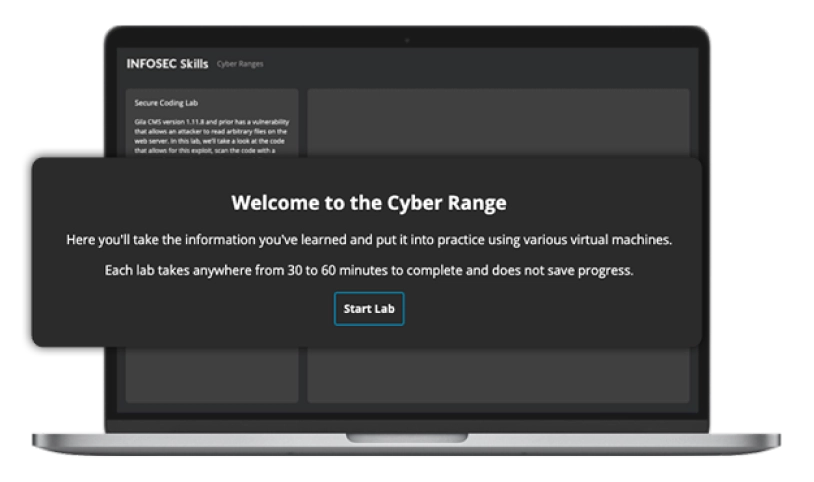
Secure Coding in Laravel Learning Path
7 hours, 9 minutes
Quick facts
About this learning path
-
courses
100% online
-
Duration
7 hours, 9 minutes
-
Assessment
questions
About Secure Coding in Laravel
The PHP framework Laravel offers many options to build strong, safe apps and websites. In the first part of this course, you will explore some of the most common ways to secure your Laravel application. You’ll learn about configuring your application securely to reduce the chance of leaking secrets and credentials, validating user input and authentication methodologies. The second half of the course focuses on user access control through gates and policies, eliminating SQL injection attacks and securing sessions with rate limits. If you stick with it through the end, you’ll get a bonus section about static analysis, tripwires and honeypots.
Syllabus
Secure Coding in Laravel skill assessment
Assessment - 77 questions
Introduction and installation
Course - 00:20:00
Protecting secrets and reducing information leakage
Course - 00:21:00
Validation
Course - 00:39:00
Authentication
Course - 00:23:00
Authorization
Course - 00:42:00
Database and Eloquent
Course - 00:16:00
Hashing, passwords and encryption
Course - 00:08:00
Sessions and cookies
Course - 00:19:00
Rate limiting
Course - 00:09:00
Request methods, CSRF, escaping & headers
Course - 00:26:00
Code security and scanning tools
Course - 00:22:00
Tripwires and honeypots
Course - 00:11:00
Closing thoughts and project
Course - 02:29:00
The details
Learning path insights
How to claim CPEs
Should you complete this learning path, you’ll be able to download a certificate of completion. Use this to claim your CPEs or CPUs.
No software. No set up. Unlimited access.
Skip the server racks and spin up a realistic environment with one click. Infosec Skills cyber ranges require no additional software, hardware or server space so your team can spend less time configuring environments and more time learning. Unlimited cyber range access is included in every Infosec Skills subscription so your team can skill up however they learn best.

Unlock 7 days of free training
- 1,400+ hands-on courses and labs
- Certification practice exams
- Skill assessments
Plans & pricing
Infosec Skills Personal
$299 / year
- 190+ role-guided learning paths (e.g., Ethical Hacking, Threat Hunting)
- 100s of hands-on labs in cloud-hosted cyber ranges
- Custom certification practice exams (e.g., CISSP, Security+)
- Skill assessments
- Infosec peer community support
Infosec Skills Teams
$799 per license / year
- Team administration and reporting
- Dedicated client success manager
-
Single sign-on (SSO)
Easily authenticate and manage your learners by connecting to any identity provider that supports the SAML 2.0 standard.
-
Integrations via API
Retrieve training performance and engagement metrics and integrate learner data into your existing LMS or HRS.
- 190+ role-guided learning paths and assessments (e.g., Incident Response)
- 100s of hands-on labs in cloud-hosted cyber ranges
- Create and assign custom learning paths
- Custom certification practice exams (e.g., CISSP, CISA)
- Optional upgrade: Guarantee team certification with live boot camps

